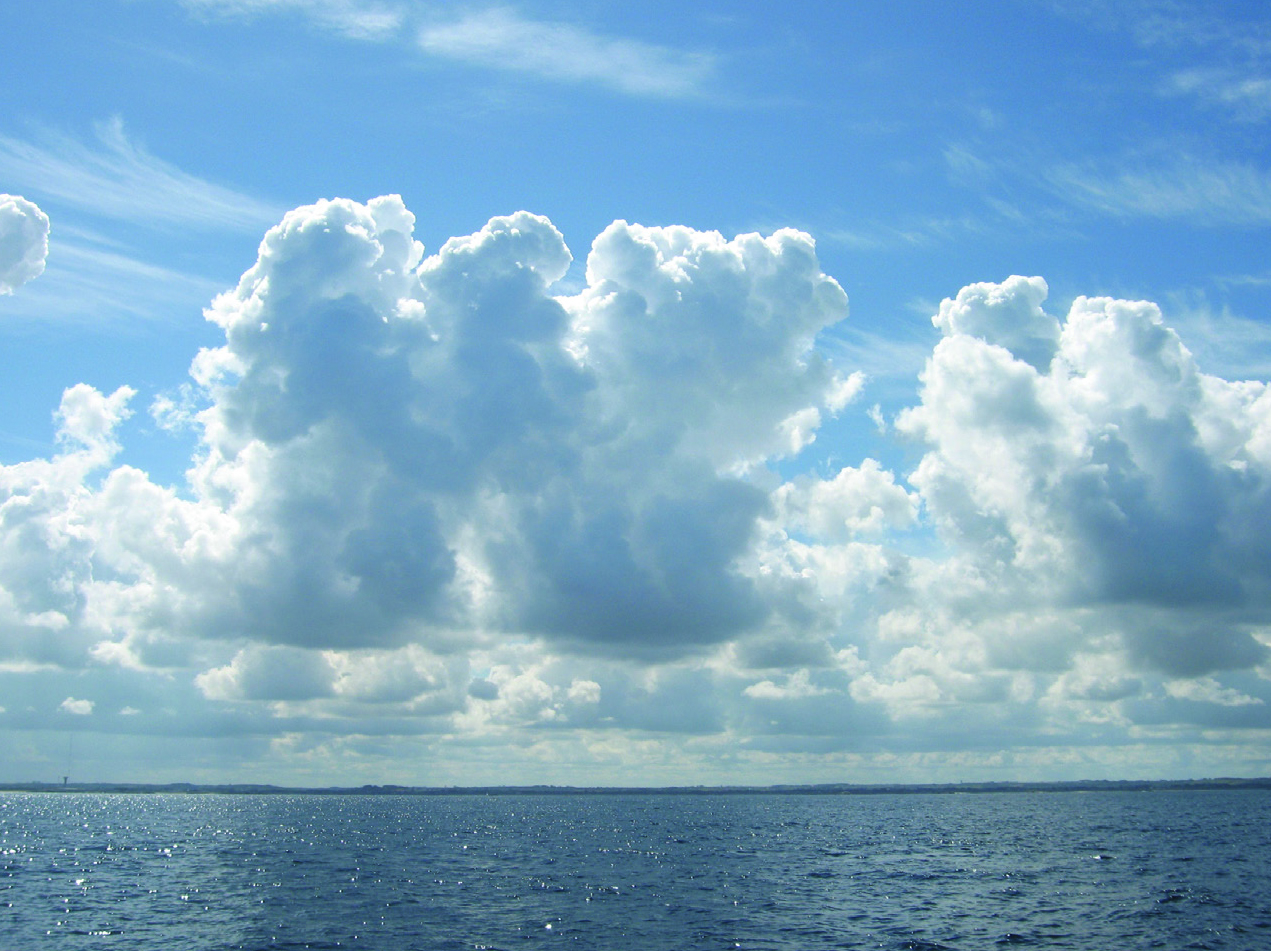What Is A Chart?
Book Extract
One bit of the sea is just like another: whichever way you look, it is flat and wet, leading to an inaccessible horizon, with no clear indication of depth and, without a compass or the sun, no sense of direction.

Empty sea and an awful lot of sky
You can only admire the early explorers, for whom seafaring was a constant battle against the elements, the unknown world and, for all they knew, sirens, sea monsters and mermaids.
But the courage and determination of these early mariners and their work, coupled with advancing technology and developments in the science of hydrography, has made it much easier for the mariner of today. We really should no longer worry about getting lost. But even if you know where you are, your safety still relies heavily on your ability to read a chart and to interpret the data which the chart and its associated publications give you.
Without a high-quality chart, how else would you know that just two miles to the south-south-east of your position the depth reduces rapidly and becomes dangerously rocky? Or that, if you threaded your way through the rocks and beacons just off to the right, you could work your way into an inlet behind the headland? Or, indeed, that just one mile to the south there is an explosives dumping ground where you would be ill-advised to anchor? That’s what a chart does for you. It gives you a clear visual representation of your surroundings; it tells you how to get from A to B and, properly used and understood, it helps you to keep out of trouble.
A chart is a very different beast from a land map. A huge amount of effort goes into the recovery of hydrographic information, but the sea is nothing like as well surveyed as the land. And sometimes data is deliberately left out. So you don’t have precise little contour lines around every last feature on the seabed. And, of course, on most charts the scale changes from the top of the chart to the bottom – so even reading linear distance needs a little bit of thought.
There are many people who use the seas responsibly – but a fair number too who don’t. Our knowledge of the seabed is at best incomplete, and in any case the bottom topography is changing the whole time, through seismic activity, the movement of sediment, human activity and erosion. The least you and I can do is keep up to date with the bits that the hydrographer does know about.
You quite simply cannot stay safe and look after the safety of people who come to sea with you, unless you have (and are using) a good, accurate and up-to-date chart. And even then, there are risks. Good charts may be expensive, but they are a lot cheaper than the vessel that you are going to sea in and the expense is far less important than the safety of your crew. So charts really aren’t optional. Digital or paper charts, preferably both.
© Not to be reproduced without written permission from Fernhurst Books Limited.
Understanding A Nautical Chart is written by Paul Boissier. Paul is a professional navigator and has spent much of his professional career working on the sea, or in support of the people who go to sea. He has commanded and navigated ships and submarines in many parts of the world, as well as spending a lot of time afloat in yachts. Paul also spent 10 years as Chief Executive of the Royal National Lifeboat Institution. He loves the sea and has had a lifelong fascination with charts and navigation.